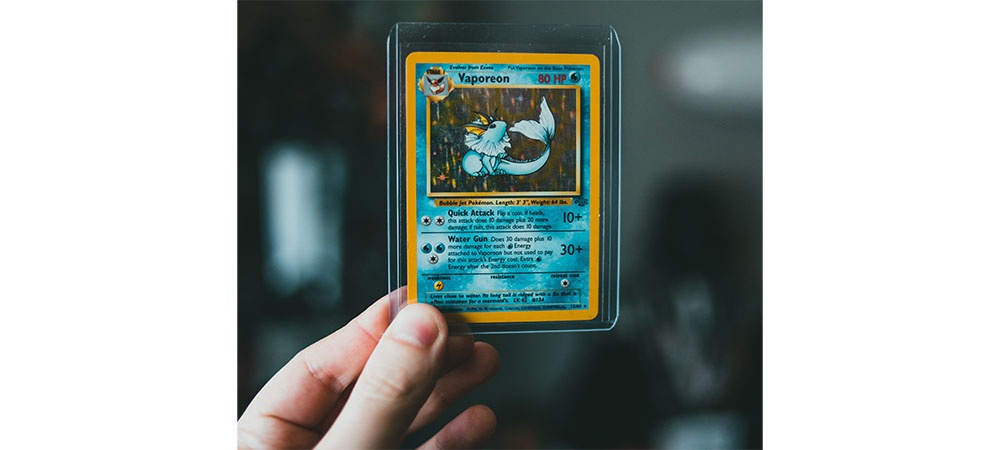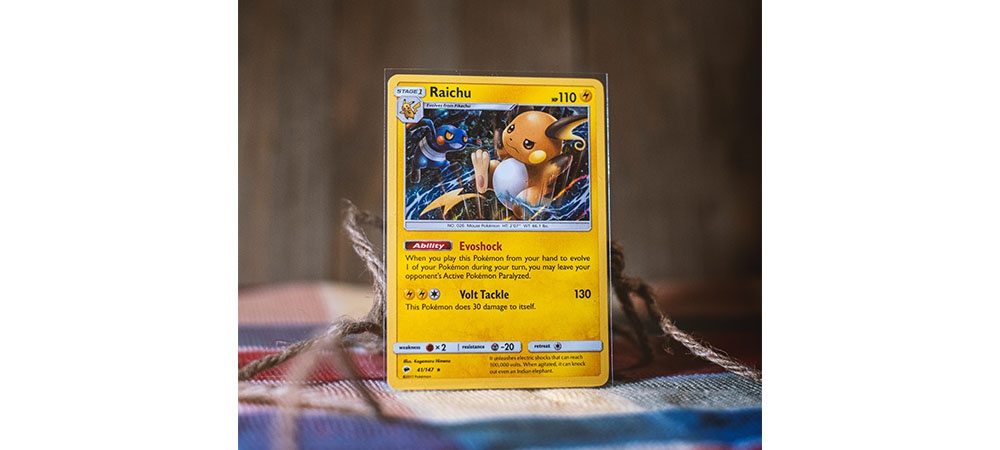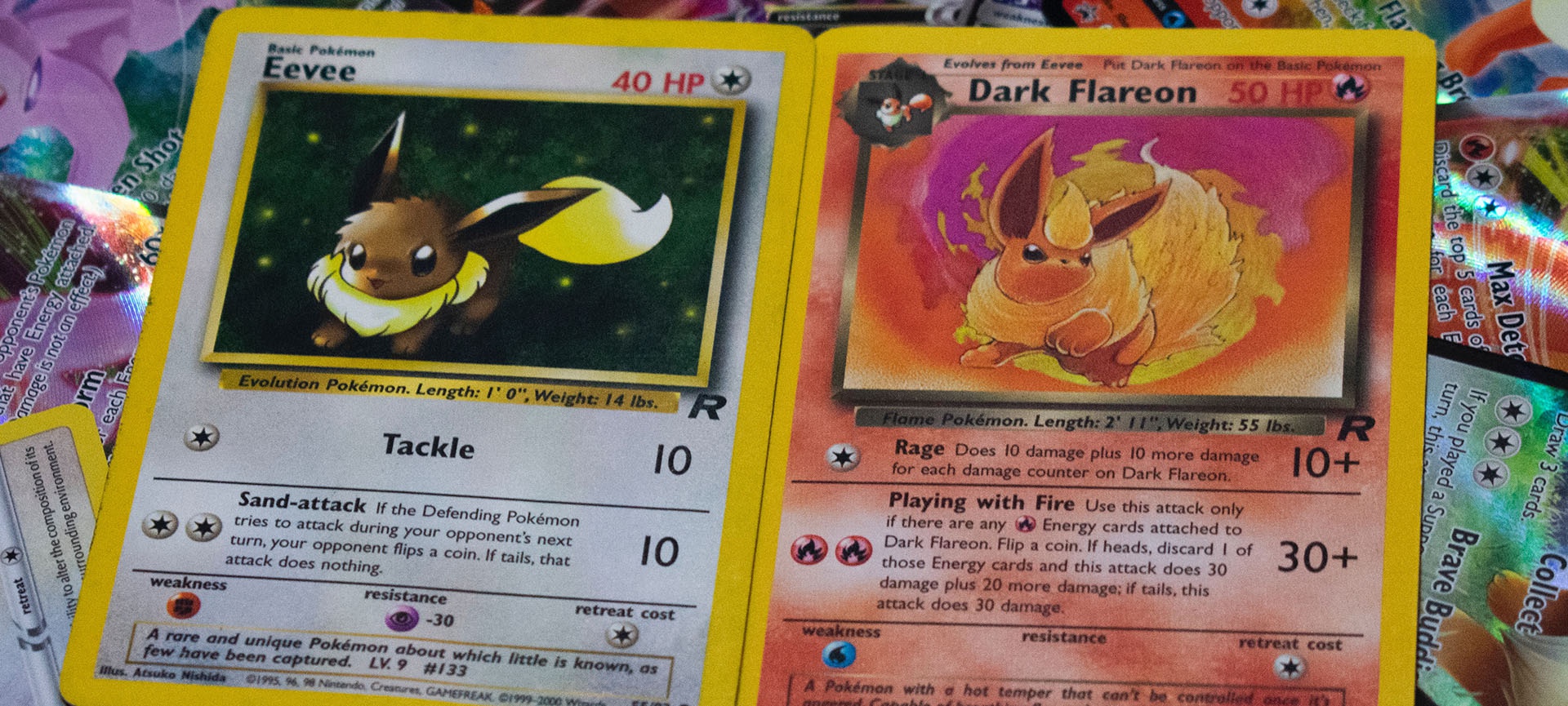Passionate investors spend time trading and buying HDA-graded cards on online marketplaces like eBay or Facebook Market. However, the collectible market is also falling casualty to online fraudsters. These swindlers target novice collectors by selling fake HGA slabs. These slabs can land victims in hot water when they want to resell these items.
So, how do you detect a fake HGA card trading on the Web? What should you look for before buying these collectibles? This post shares practical insights to help you detect fake HGA-rated cards.
1. Verify Label Authenticity
Some buyers buy rated cards on eBay, Facebook, and other online platforms. When trading online, the chances of verifying the cards reduce. However, you can still apply due diligence to save yourself unnecessary financial losses.
Hubs like eBay and Tcgplayer.com offer buyer protection. When trading there, ensure that the seller has posted clear pictures of the cards’ front and backsides. To the best of your ability, you must also verify the label’s authenticity to avoid landing a counterfeit.
When verifying these details, ask the seller to send you close-up slab images. Remember to pay particular attention to the slab’s label, the corners, and the graded card’s surface. This way, your chances of landing a fake are minimal before committing to a deal.
2. Check the Plastic Holder’s Quality
If you are buying an HGA-graded card offline, pay special attention to its plastic holder’s quality. Fraudsters create HGA slabs using look-alike plastic holders. Some tamper with legitimate slabs and replace them with poor quality or outrightly fake cards.
Check out the slab to ensure its tamper-proof. The original cardholder seals using ultrasound bonding. This process utilizes high-frequency sounds to apply pressure to the slab’s two sides to create a seal. A slab that’s sealed any other way won’t be tight enough to harden the plastic.

3. Examine the Label
You must also observe the label of the card you intend to purchase to confirm its certification number and QR code. You can do it by scanning the QR code with your smartphone’s camera app. Ensure the scanning reaches the slabbed card’s profile on the official HGA website. There, you can check for all the details listed on the website. The information includes the card’s certification number, condition, and any special designations like the first edition.
This method is one of the safest verifications. It saves you the clever counterfeiting fraudsters have developed. Checking for images alone is insufficient because anyone can fake pictures.
4. When in Doubt, Get External Help
What happens when all your verification doesn’t seem to give you the desired assurance before entering a deal? It’s best to get a veteran in the collectibles industry to help you. Don’t take a move if you feel your heart telling you to seek a second opinion. Never fear to ask for help if it will save you avoidable losses.
Getting a trusted person to help you authenticate a graded card is smart because their vast experience helps them detect fraud easily. When you find such a trusted person, present the card you wish to buy and have them examine it for any sign of tampering.
5. Observe the Slab’s Face
Lastly, observe the bottom right corner of your slab’s face. A genuine HGA slab features a small HGA logo slightly raised from the plastic holder.
While con men have upped their con game, especially using advanced graphics technology, replicating the HGA logo remains difficult. The subtle HGA lighthouse logo with the smaller HGA logos are only visible when directly reflecting light. Anything else short of this standard is a counterfeit.
Final Tips to Help You Avoid Scams
Besides the above detection measures, you can avoid scams by doing the following:
- Don’t Buy in Cash
We recommend you don’t pay for your HGA-graded card in cash unless you are a veteran in identifying its slabs. Avoid paying in cash whenever you buy them on online platforms that don’t provide buyer protection.
So, how do you pay for your card? Paying for your collectibles using your credit card is a sure bet. If you use your card, you can dispute charges directly with your credit card provider if someone sold you a fake item.

Closing Remarks
Investing in collectibles can be a good hobby and a fulfilling side hustle. However, be wary of fraudsters when dealing with online and offline HGA cards. Fraudsters are all over the Net seeking to defraud unsuspecting buyers.
Therefore, we shared insights to help identify a fake HGA-rated card before committing to a deal. We hope you will use them to avoid fraudsters.
Do you want to submit your cards for grading but don’t have a reputable agent? Don’t hesitate to contact us today for all your submission needs.




